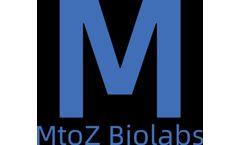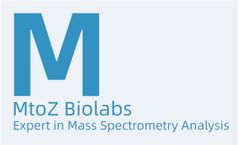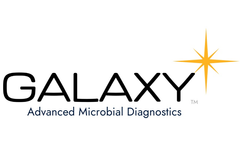Disease Process Articles & Analysis: Older
31 articles found
Stable cell lines are an indispensable tool in the realm of biomedical research, playing a crucial role in advancing our understanding of cellular processes and disease mechanisms. Unlike primary cells that have a limited lifespan, stable cell lines offer a consistent and renewable source of cells, making them invaluable for long-term studies and industrial ...
This mimetic action allows researchers to enhance or restore the expression of target genes that are otherwise downregulated in diseases such as cancer, neurodegenerative disorders, and cardiovascular diseases. ...
The ability to immortalize cells that were previously resistant to traditional methods opens up new avenues for studying complex biological processes, disease mechanisms, and therapeutic interventions. Creative Bioarray's Epigenetic Induction of Cell Growth service represents a paradigm shift in cell immortalization technology. ...
Among them, glycoproteins are an essential biomarker that plays a key role in many biological processes, including disease onset, progression, and treatment response. ...
In post-translational modification (PTM) of proteins, ubiquitination is considered one of the most critical processes in regulating cellular functions and various diseases. The identification of ubiquitination sites becomes very crucial for understanding the mechanisms of ubiquitination-related biological processes. ...
Ubiquitination is a post-translational modification process that involves the covalent linkage of the small protein ubiquitin to lysine residues of a target protein, a modification that plays a crucial role in the regulation of protein degradation, signal transduction, cell cycle control, and more. ...
Functional Diversity The specificity of ubiquitination sites determines the fate and function of target proteins, such as degradation, localization, and activity regulation, which is the basis for fine regulation of cells. 2. Disease Relevance Abnormalities in ubiquitination sites, whether due to mutation or imbalance in regulation, are associated with the development and ...
This computational technique can help us gain a deeper understanding of the interaction mechanisms between drugs and biological targets, revealing the critical molecular processes underlying diseases. Through docking simulations, we can predict the binding affinities of new drug candidates to target proteins and even foresee potential side effects. ...
Introduction Cellular mechanisms driving cell death play a crucial role in various physiological and pathological processes. One such mechanism is apoptosis, a tightly regulated process vital for maintaining tissue homeostasis, development, and immune response. ...
By analyzing the changes of lipid biomarkers throughout the disease process and their interactions with other biomolecules, we can grasp the position of lipid metabolism disorders in the development of diseases as a whole and identify the possible pathogenesis. Identification of lipid indicators for disease diagnosis Lipidomics ...
Rare diseases, also known as orphan diseases, are a diverse group of disorders that affect a small percentage of the population. ...
The field of medical science has long utilized disease models, which are systems simulating the progression and expression of a disease, to better understand various illnesses. ...
This process requires the action of special trans-splicing machinery. Chimeric RNAs have been observed in various organisms, including humans, and have been found to play a role in a variety of diseases, particularly cancer. They can contribute to tumorigenesis by generating abnormal proteins or disrupting normal cellular processes. Chimeric ...
The field of medical science has long utilized disease models, which are systems simulating the progression and expression of a disease, to better understand various illnesses. ...
This labeling enables researchers to track and compare protein expression levels, protein-protein interactions, and post-translational modifications, among other biological processes. Several recent breakthroughs have been made using SILAC, enhancing its applications and expanding its potential. Here are some notable advancements: Proteome-wide analysis: SILAC has been used to ...
Immortalized cell lines have contributed significantly to our understanding of various diseases and their underlying mechanisms. By culturing these cells under controlled laboratory conditions, researchers can simulate disease conditions and examine cellular responses in a controlled environment. ...
In this post, we will continue to explore publicly available datasets surrounding Amyotrophic Lateral Sclerosis (ALS), a devastating neuromuscular degenerative disease for which there is no cure. If you’re not a neuroscientist and want to quickly get up to speed on the important biological themes in ALS, you may find the knowledge map in our first post helpful. Our second ...
ByPercayAI
Since the 19th century, the practice of tissue processing has remained largely unchanged, resulting in solidified, paraffin-embedded tissue blocks for sectioning. As staining procedures have advanced and immunohistochemistry is becoming more widely used, high-quality tissue sections are paramount for accurate interpretation of disease ...
Symptoms are how the patient experiences the disease like tiredness or soreness. Some diseases are invisible. A person can have a disease without obvious signs and symptoms. ...
Revisiting the “why” behind decision making can be a helpful exercise in all aspects of business. This is no less true for clinical operations executives when it comes to the clinical trial systems they employ to facilitate their teams’ work. The technology that supports clinical trial systems has evolved steadily over the past several decades, yet the ultimate goal of ...














